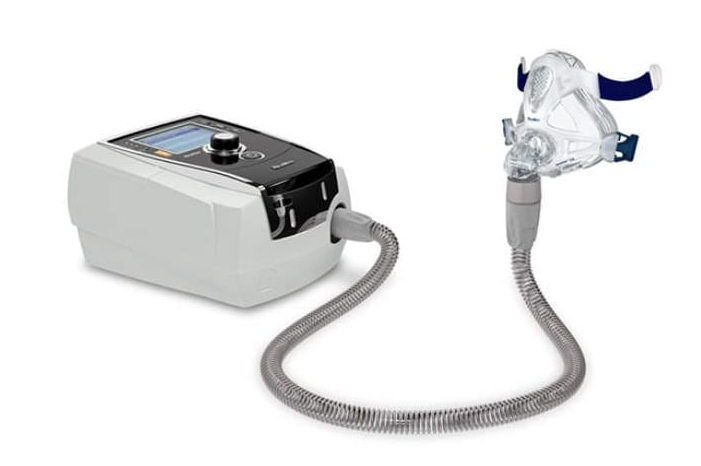

So, you want to learn how to clean your CPAP machine. Daily cleaning your CPAP machine is essential, especially if you take CPAP therapy for sleep apnea daily. We will help you understand the step-by-step procedures to clean your CPAP. We will also cover a few extra parts. So, with that being said, let's begin:
First, prepare warm soapy water. For this, try to use a few drops of mild dish detergent, as that works best for cleaning the CPAP equipment. You can also use other forms of soap, as long as they are not too rough or scented. Otherwise, they may damage the components more than do good.
Now, the question is, where will you prepare this warm water and soapy water? You can use anything like a bathroom sink filled with warm tap water. However, for CPAP components, filters, and water chambers, it is better to use distilled water. So, to avoid any mineral deposits, it might be a better choice overall.
The actual cleaning process is quite simple. First, detach the CPAP mask, the CPAP tubing, the headgear, the water chamber, and other parts. For the main CPAP machine, use only a damp cloth to wipe off dirt and dust. Don't use any water on it.
For other parts like the CPAP Mask and tubing, use water. First, you have to leave them for just a few minutes in warm water. After that, use soapy water to rinse and clean CPAP supplies. Make sure to conduct a thorough cleaning.
Cleaning your CPAP masks might require you to remove the pillows or cushions, headgear, and other components. Once you rinse all the CPAP components, go ahead and use clean water. As mentioned, use only distilled water if possible. After cleaning the CPAP equipment, you will have to wipe off the water.
Once you have completed the part of washing the machine, discard the remaining water. If you have a towel rack, you can go ahead and use it to wipe off the water. But that's not the main part. You can use a microfibre cloth, which is even better choice to clean your CPAP unit.
For the air drying procedure, you don't have to actually use a hair dryer or some other fancy equipment. Just make sure to use a clean towel and wipe all the components properly. After that, leave the CPAP machine and CPAP equipment out for the air to dry them out.
Leaving your CPAP machine or any part exposed to direct sunlight is not a good idea. While UV light treatment can help sanitize the CPAP machine, you shouldn't use the actual sun. That will end up damaging your components more than you might think. The material can wither away faster.
If you have disposable filters, then you will just have to buy new ones. But if you have reusable filters, then you can use tap water to run through it and clean it. Make sure to use the brush if you want to. Air dry it and then put it back in.
For the water chamber, you will have to use an extra bit to fight off mineral deposits and other issues. You can use a toothbrush or buy a new brush. You can also use white vinegar to remove mould and other components but try not to go over the top with the CPAP Parts.
There's no need to use any fancy cleaning equipment like CPAP cleaning wipes, a CPAP cleaning machine or sanitizer. If you want to use the positive aspects of UV treatment, you can invest in a UV light. Of course, the UV sanitization machine for CPAP equipment also works great and more precisely. But there's no need for you to invest more if you don't want to.
You can use a simple laundry room to get the job done, and make sure to use mild soap and gently rinse to keep your CPAP running efficiently after the cleaning procedure. Weekly cleaning of CPAP components is the right choice to prevent mineral deposits. However, you will have to clean your CPAP mask regularly to prevent dead skin cells and other things from collecting on it, which can cause skin irritation, sinus infection and other issues.
Leave a comment